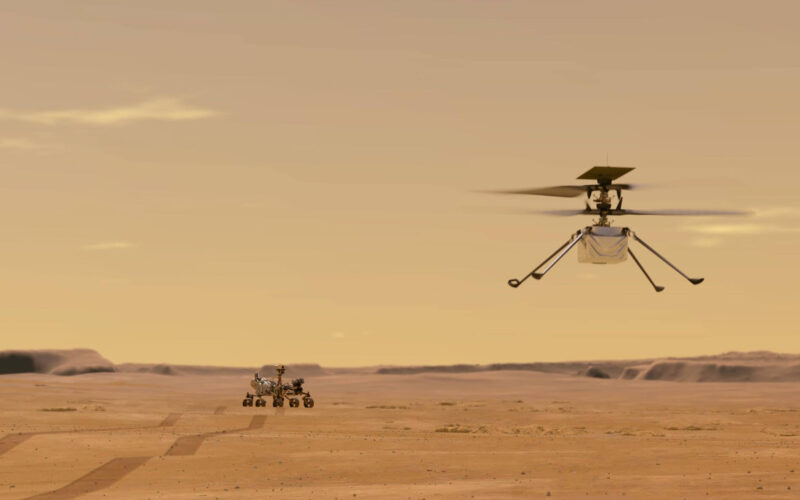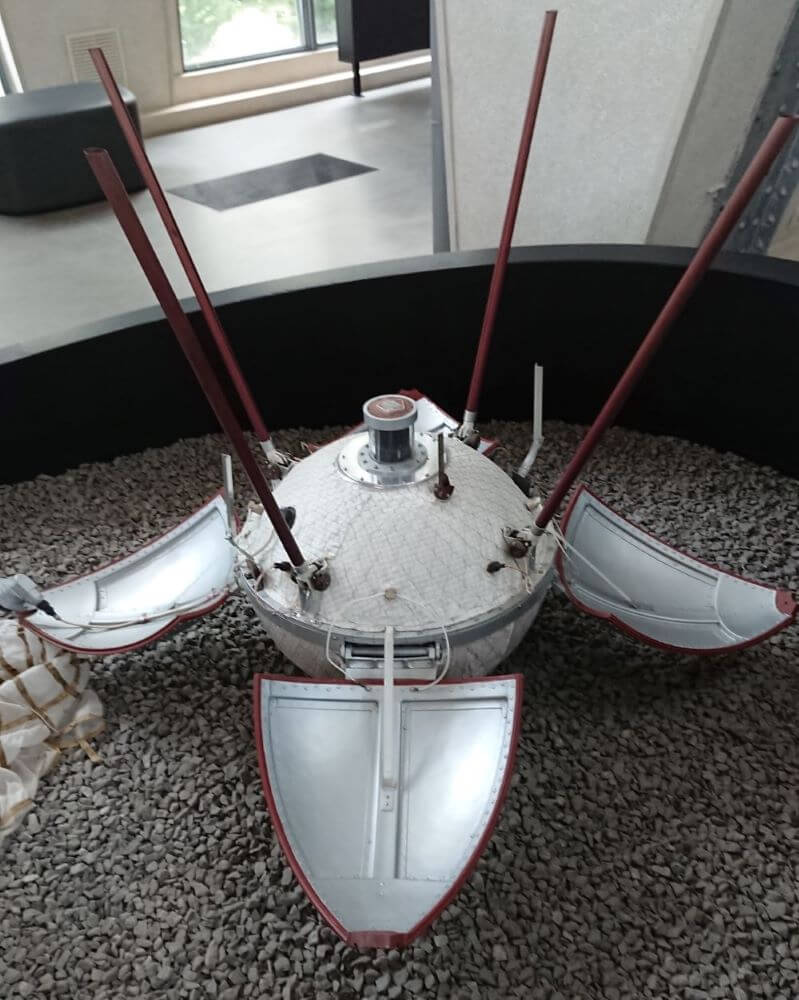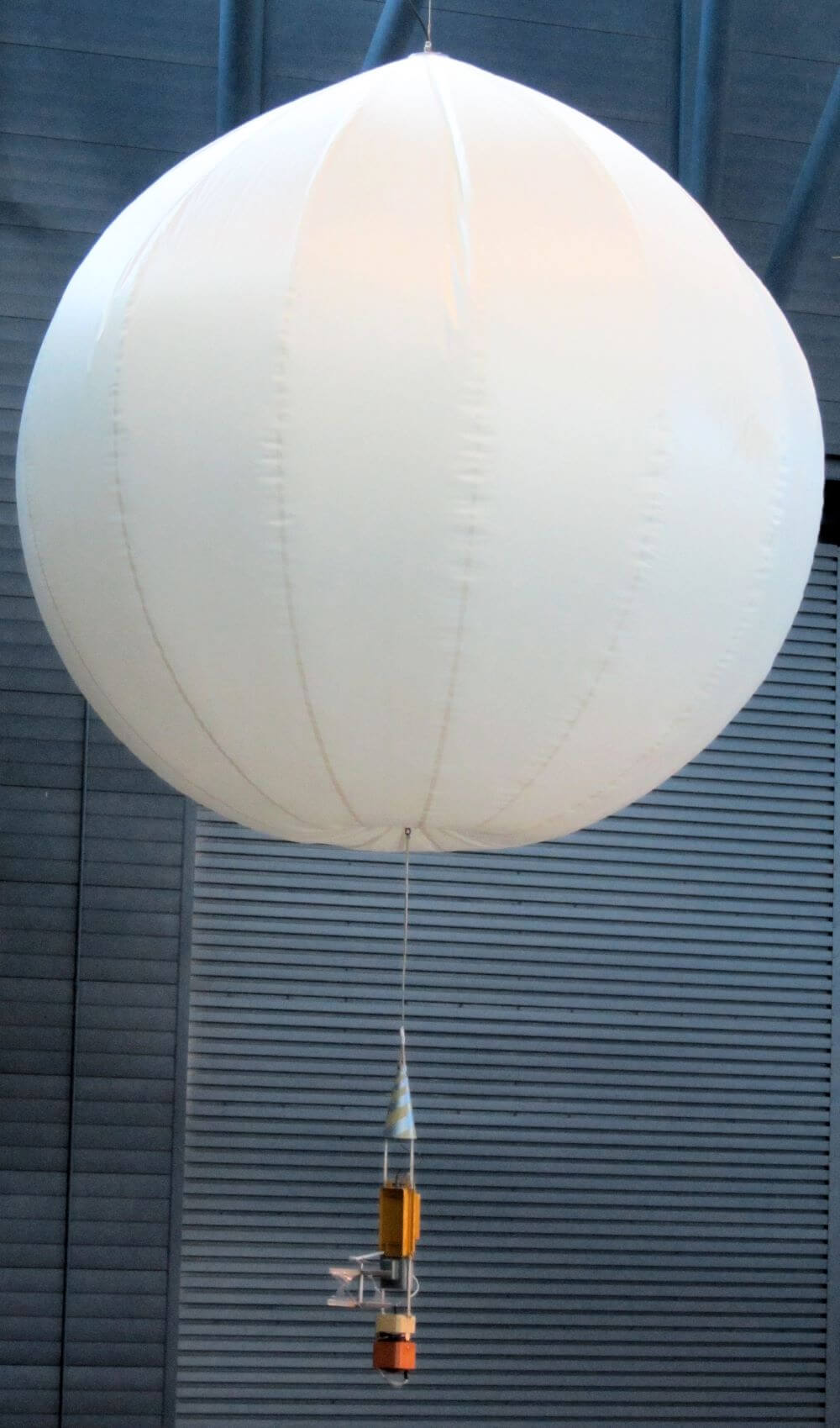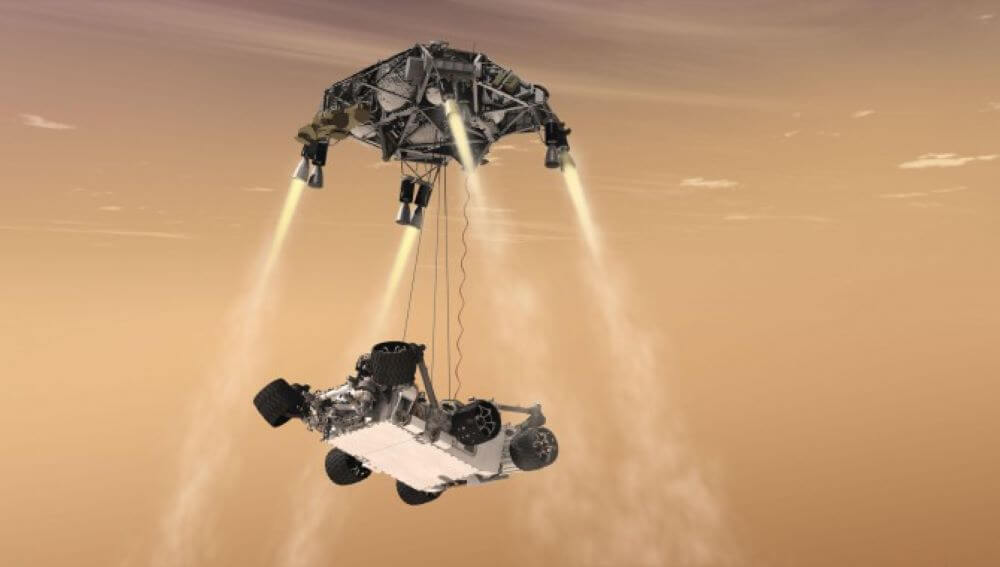The most unusual feature of the Mars 2020 mission is not the Perseverance – the largest ant the most sophisticated rover to ever grace the surface of the Red planet. It is Ingenuity, a Perseverance’s hitchhiker: a small helicopter designed as a proof-of-concept for future missions. NASA claims it is going to perform the first powered flight on Mars.
But does this claim hold up? Just like with the Wright brothers back on Earth, some contestation can take place. Let’s briefly run through the history of extraterrestrial aviation, no matter how short it is (so far).
The first
According to Cambridge dictionary, aviation is “the activity of flying aircraft”, while an aircraft is “any vehicle that can fly”, and flying is “traveling by air”.
Thus, anyone who gets from point A to point B in the celestial body’s atmosphere (let’s stretch the definition of “air” a little bit) is partaking in aviation.
Simply falling does not fall within this category: the flight must be powered and controlled, the same criteria that applied to the Wright flyer. Hence, the Soviet Luna 2 – the first probe to slam into the Moon in 1959 – is not an aviation achievement.
Through the 60s both the US and the Soviet Union smashed a dozen more probes onto the Lunar surface, some of them intentionally, others not so. The first one to successfully slow its descent down with rockets and not get destroyed was Luna 6 in 1966.
A model of Luna 9 lander. Technically, Moon’s first aircraft. (Image: Stanislav Kozlovskiy / Wikipedia)
Technically, the Moon has an atmosphere – a concentration of random molecules barely distinguishable from vacuum, but measurable nonetheless. Luna’s descent happened within that atmosphere, it was controllable and powered; by this definition, it conducted the first extraterrestrial flight.
If we agree with that, then three years later, in 1969, Neil Armstrong and Buzz Aldrin became the first extraterrestrial aviators – they not only performed a controlled descent onto the surface, but flew back up in the first spacecraft to lift off from the Moon’s surface.
NASA does not consider Apollo lander to be an aircraft though (and arguments to call it that are as thin as Moon’s atmosphere), even though the technical definition is met. Also, the Moon is not a planet: it is, as its name might reveal, only a moon. So, while Luna’s and Apollo’s flights can be considered extraterrestrial, they don’t intrude into the Ingenuity’s realm.
Venusian aeronautics
Approximately at the same time as Moon missions were planned, the Soviets started crashing their probes on Venus. And so, in 1967 we had the first extraterrestrial parachute drop – it was performed by Venera 4, which sent the first measurements of the planet’s atmosphere while leisurely gliding down do its doom on the surface.
Sure, lighter-than-air aircraft do not get as much glamour as their heavier-than-air brethren. But there is no doubt that ballooning (that is, using some form of flying balloons) is, by all accounts, aviation.
Hence the flight of Vega landers, the grand-grand-daughters of the Venera program. On June 11 and June 15, 1985 Vega 1 and Vega 2 released helium-filled balloons, two white spheres that carried some sensors through thick Venusian clouds and provided us with some pretty interesting data.
Those were, quite definitely, the first cases of aircraft flying through the air of another planet than the Earth. But they were neither controlled nor powered, so, let’s go on.
Vegas’ balloons looked like this. Decorations for the wildest party Venus has ever seen. (Image: Geoffrey.landis / Wikipedia)
What about Mars?
After several unsuccessful attempts, Mars 3 was the first probe to perform a soft landing on the surface of the Red planet in 1971. It used a combination of a parachute and some retrorockets to slow its descent; hence, if we consider Luna 6 to be the first to make a controlled, powered flight on the Moon, we should consider Mars 3 as having done the same on Mars.
An argument can be made not to call a rocket-assisted descent a flight though. While it still counts as travelling through the air, the purpose of such a travel is not the flight itself, but rather a survivable crash. One could argue that for an aircraft to be traveling, it has to have a purpose of staying airborne, not just reducing its velocity through the means of propulsion.
While Mars has seen a fair share of rocket-assisted descents, there have been a handful of cases of staying in the air as well. Curiosity, Perseverance’s older sibling, reached the surface with the help of a sky crane: a platform with some sophisticated rocket boosters that slowed down its descent, and then gently lowered the rover on some tethers while hovering.
Perseverance itself used the same system too. Both sky cranes had to remain airborne for at least several seconds and then fly away (in NASA’s own words) to crash elsewhere.
Sky crane lowers Curiosity onto Martian soil, before – drum roll – flying away. (Image: NASA)
By this account, those sky cranes were the first to perform powered, controlled flight on Mars. They don’t take away a bit of Ingenuity’s achievement though; moreover, the manufacturer is the same, and it is unlikely one of NASA’s divisions could sue another for some Guinness World (or Mars) record. But if we want to be pedantic, we have to take them into account too, and stop calling Ingenuity’s flight the first.
It is still (at this point in time, hopefully) going to be the first heavier-than-air, as well as powered aircraft to take off into the Martian atmosphere. Hell, it is even going to be the first aircraft to take off from the surface of any other planet, as Vegas’ balloons detached from their landers mid-descent. And that is, in anybody’s book, quite an achievement.




